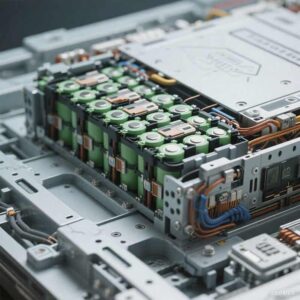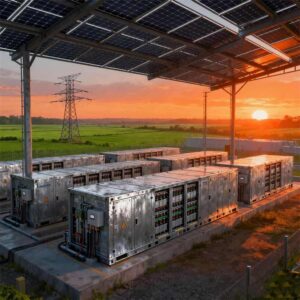Factors Affecting Battery Performance
Temperature Effects
Cold Weather Impact:
- Reduced chemical reaction rates
- Higher internal resistance
- Decreased capacity (50% at 0°F)
- Increased risk of electrolyte freezing
Hot Weather Impact:
- Accelerated chemical reactions
- Increased water loss
- Faster grid corrosion
- Shorter battery life
Depth of Discharge
Shallow Cycling: Discharging to 80% capacity
- Longer cycle life
- Better for starting applications
- Reduced sulfation risk
Deep Cycling: Discharging to 50% or lower
- Shorter cycle life
- Required for backup power applications
- Increased maintenance needs
Charge Rate Effects
Slow Charging (C/20 rate):
- Complete chemical conversion
- Minimal heat generation
- Optimal for battery health
Fast Charging (C/5 rate):
- Incomplete conversion possible
- Heat generation increases
- Reduced efficiency
Common Failure Modes and Their Causes
1. Sulfation
Mechanism: Lead sulfate crystals become large and hard Causes: Extended discharge, high temperatures, low electrolyte levels Prevention: Regular charging, proper maintenance
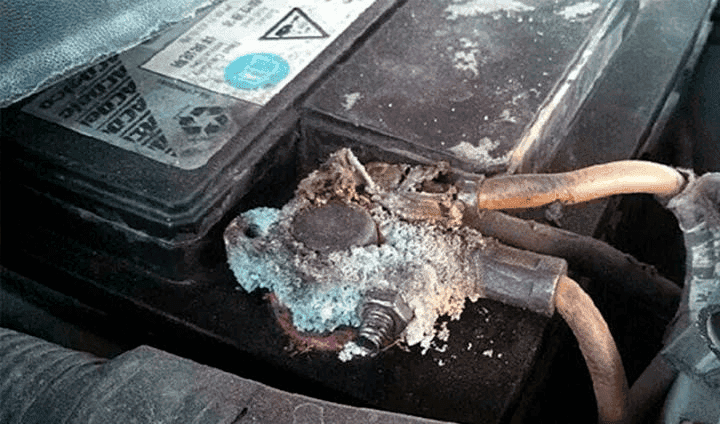
2. Grid Corrosion
Mechanism: Lead grids oxidize and lose structural integrity Causes: Overcharging, high temperatures, age Prevention: Proper charging, temperature control
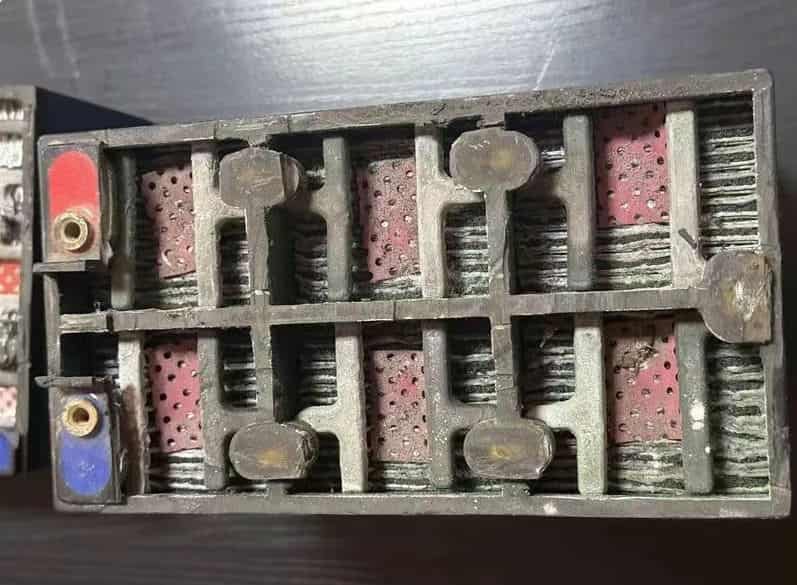
3. Active Material Shedding
Mechanism: Active material falls from plates Causes: Vibration, deep cycling, age Prevention: Proper mounting, appropriate battery selection
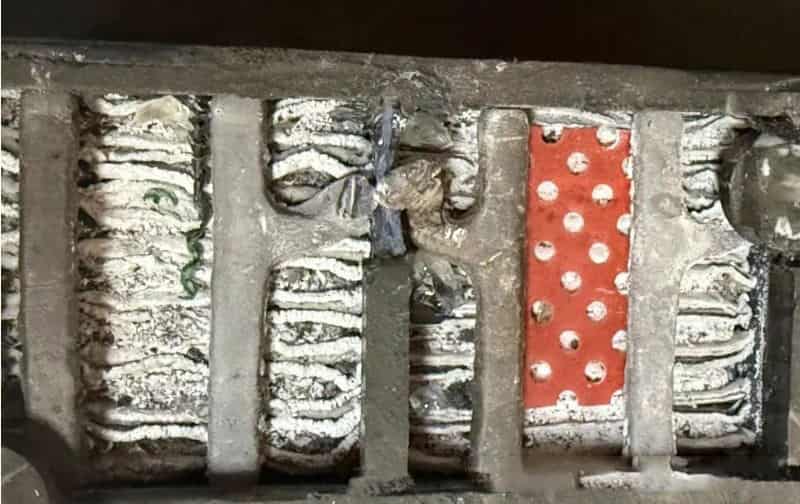
4. Electrolyte Stratification
Mechanism: Acid concentration varies by depth Causes: Insufficient charging, long periods without use Prevention: Regular equalization charging


